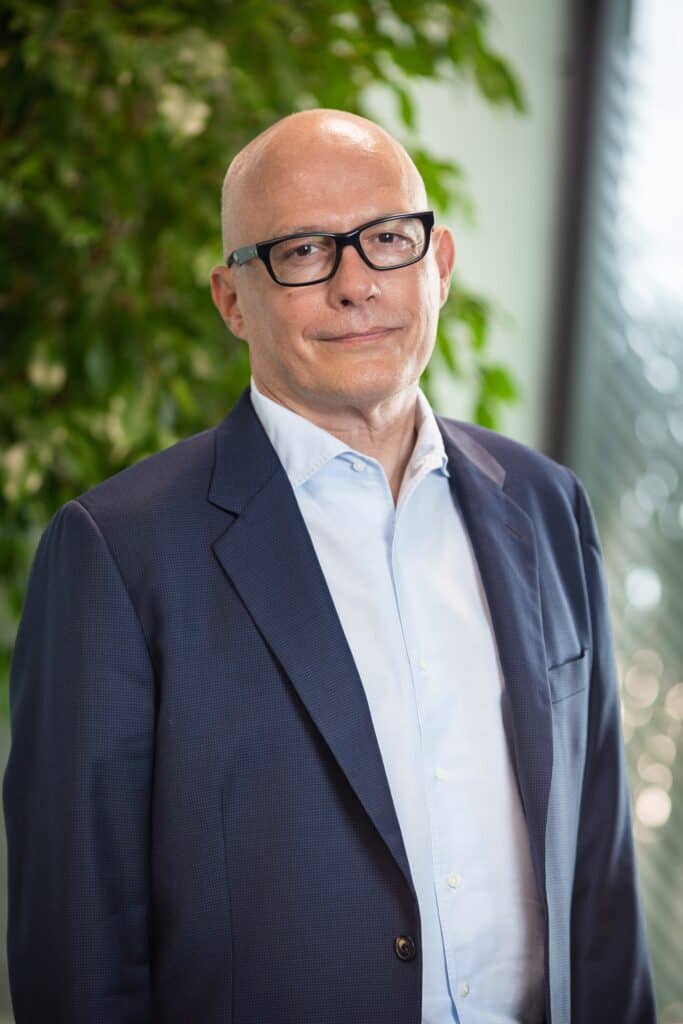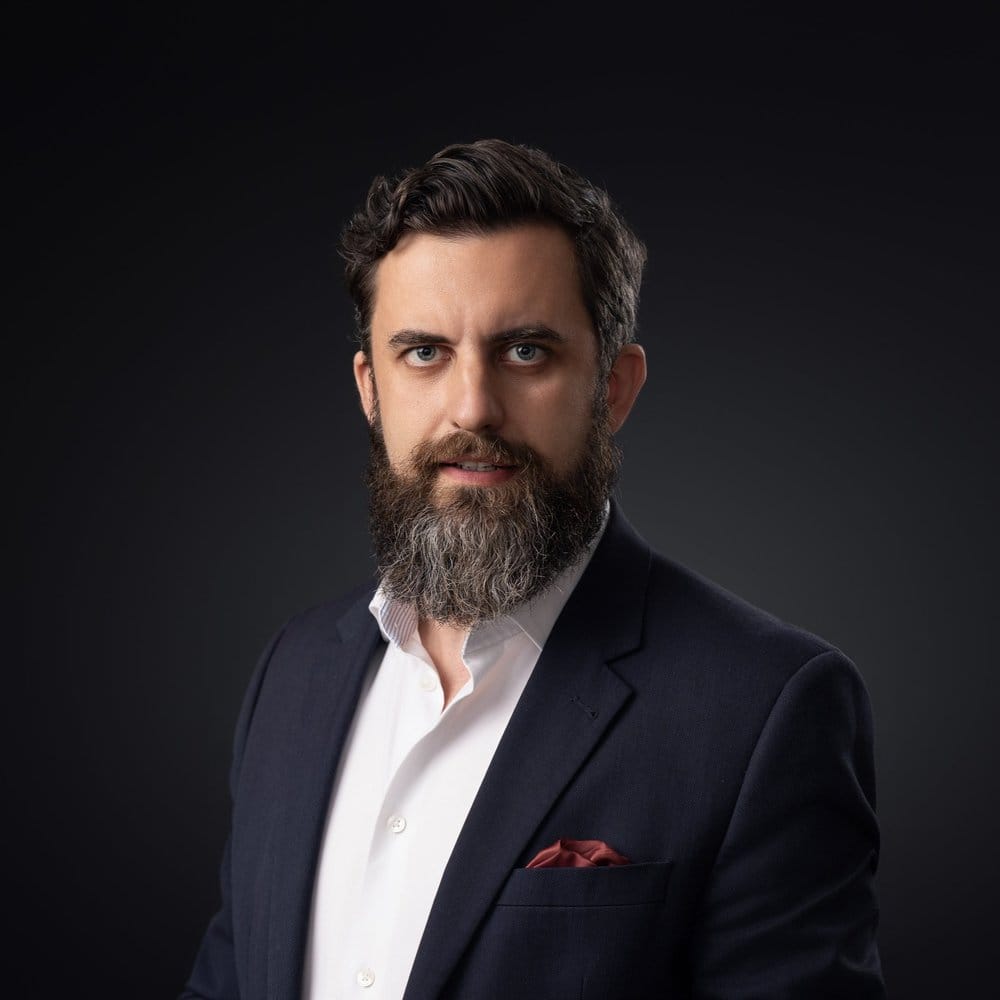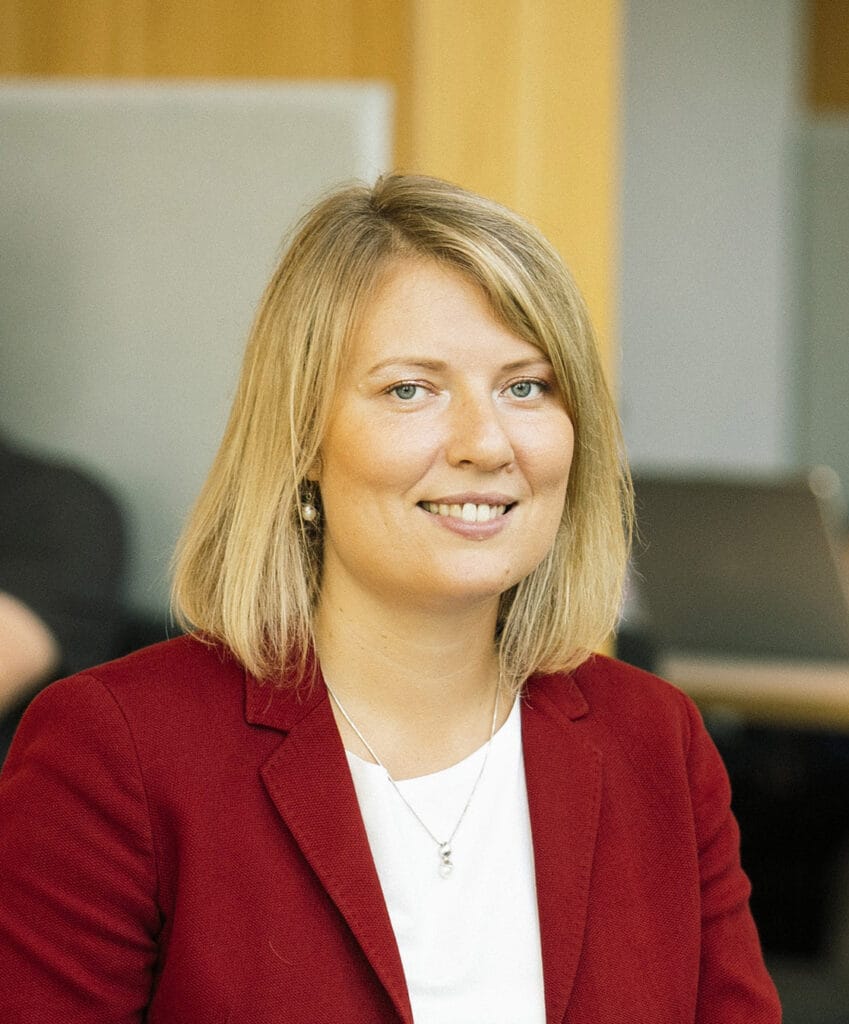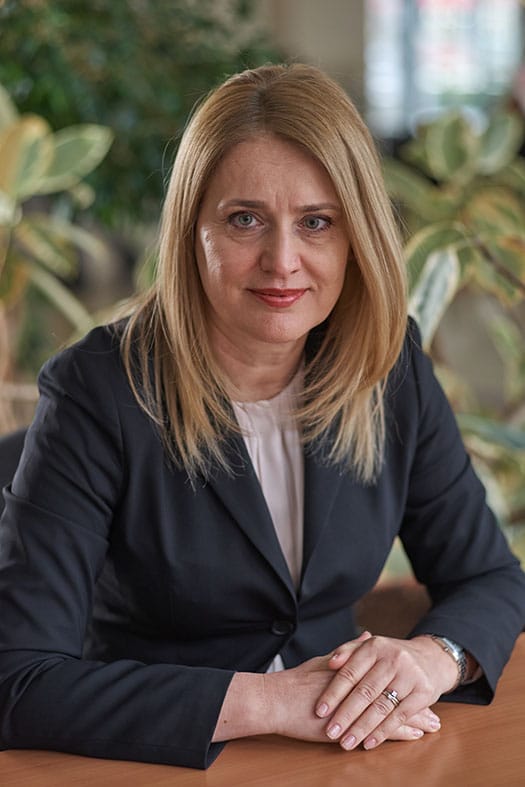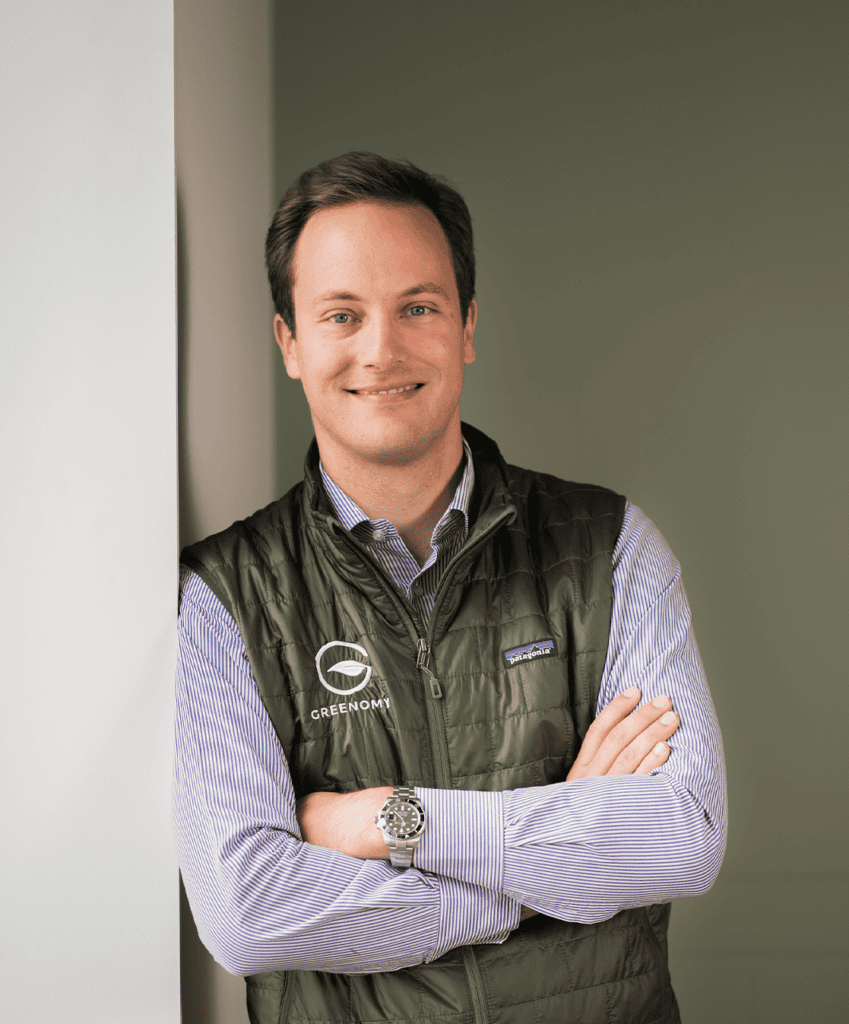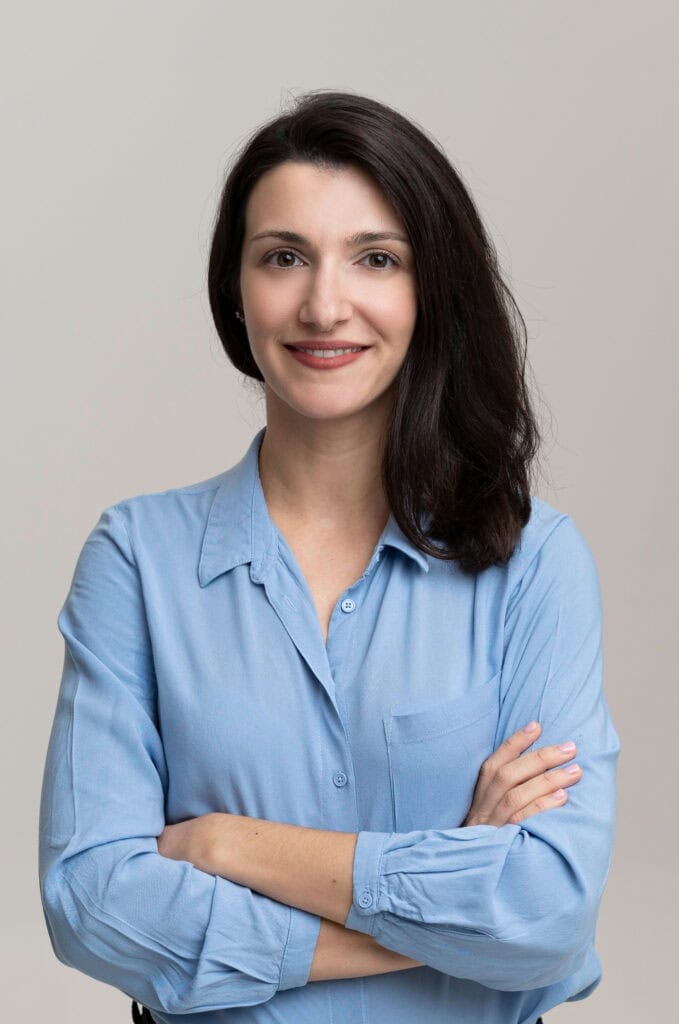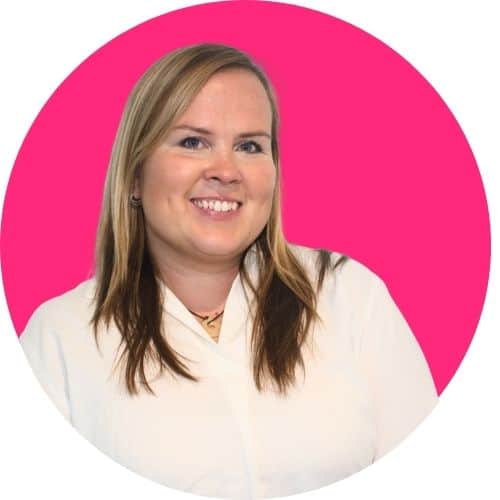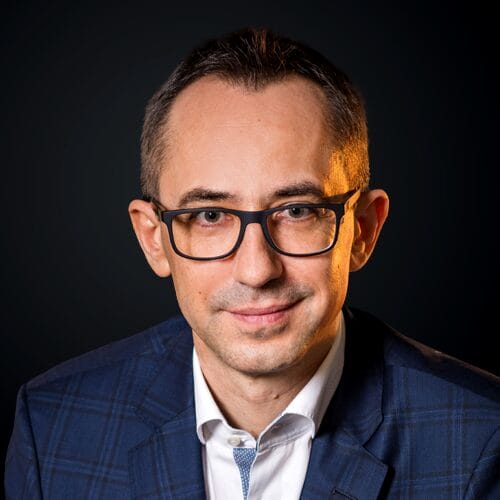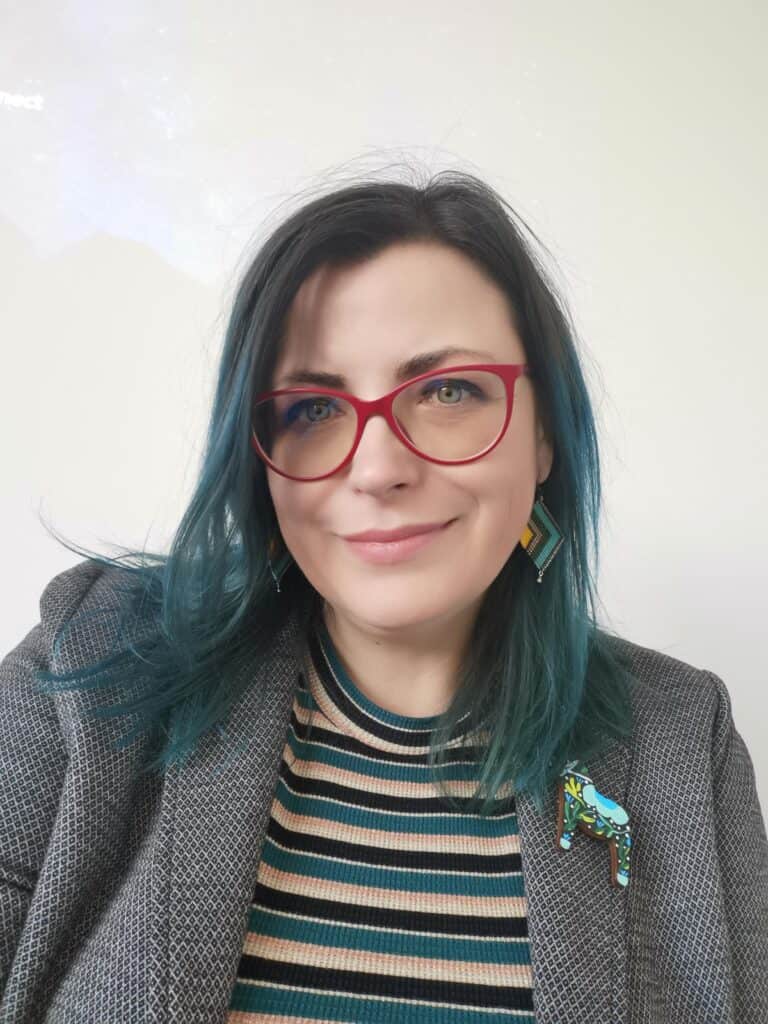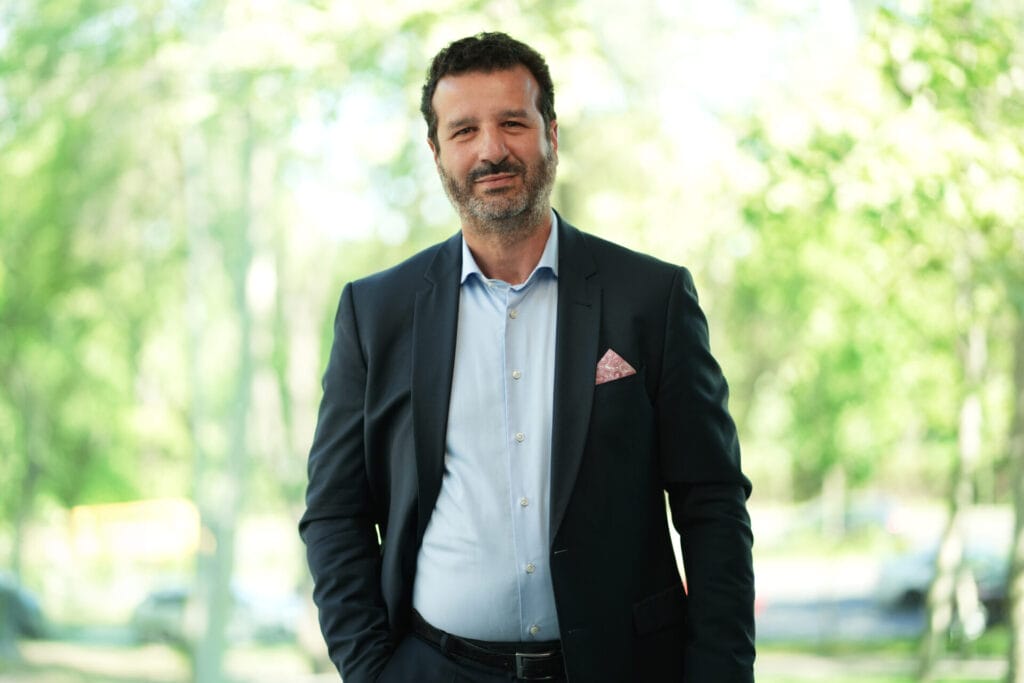When you think about flowers, you most likely imagine a certain flower that evokes a childhood memory, perhaps a scent you are fond of, or maybe you think about special moments on which flowers are given as a gesture of appreciation. Occasions are many for flower-gifting, either cut flowers or potted plants, and all of them merry and bright.
However, some flowers come with much more than appreciation. Sometimes they bring waste. Let me be more specific, a lot of waste. In this article, you will find out more about the environmental impact of the floral industry and, more importantly, what you can do starting with today to mitigate this impact.

We, at Flori Sauvage, the first sustainable flower business in Romania, have segmented the effects of the floral industry in terms of ecology and environment into three broad categories, which cover areas concerning mostly SDG 12 – Responsible consumption & production.
These three areas are: the utilization of floral foam, focusing on locally grown flowers and the single-use packaging materials mostly made of plastic. Let us discuss them in turn.
Floral foam
The problem:
Floral foam is a widely used item in floristry. Invented during the industrial revolution of the 20th century, it has become a staple element in flower shops all over the world, mostly due to the convenience it provides to floral design. What it does is that it acts as a sponge, absorbing water without much water-spilling risks, all the while allowing for flowers to be inserted into it in various angles and shapes, in order to create beautiful designs. It could sound like a win-win situation, right? Flowers get the hydration they need without water spilling everywhere, making flower arrangements easy to transport. However, this is only one part of the story.
There are several issues with floral foam. Firstly, it is a single-use plastic widely available all over the world, meaning that the quantity of waste that each flower shop produces every day is magnified by, simply put, the number of arrangements flower shops make, each of them containing at least one piece of floral foam. Moreover, floral foam belongs to the category of phenolic resins, or phenol formaldehydes. This material is not biodegradable, and the only way it deteriorates through time is by breaking down into smaller and smaller pieces, eventually becoming… you guessed well, microplastic. As we all know, microplastic has an extremely high propensity to pollute water and soil alike. There is scientific evidence showing the extent to which floral foam adds to the microplastic pollution problem, as revealed by this data-backed research.

Adding to the woes, there is another dimension of floral foam that makes it unacceptable for regular use. Floral foam contains substances such as formaldehyde, barium sulfates and carbon black. These are known to be potential carcinogenic elements, and extended exposure to them may be a cause for cancer. This is particularly dangerous for people working in the floral industry who come into contact with floral foam on a daily basis.
The solution:
The ways in which floral foam can be replaced were invented long before floral foam itself was invented. There are several so-called floral design “mechanics” which completely eliminate the need for foam. One of them is a heavy metallic brush called flower frog or Kenzan, its original Japanese name. It derives from the ancient art of Ikebana and allows the flowers to be placed directly in water, and fixated in the heavy brush for stability and interesting design shapes. Other techniques are the usage of chicken wire as armature inside the vases or creating a grid of tape at the mouth of the vase, in order to play with the way you place the flowers in the vase.


There are also more innovative techniques, such as replacements for floral foam which also take the shape of a brick, such as agra wool, or coconut fiber. And there are countless patented inventions, all wearing the names of the companies producing them, which can prove to be excellent alternatives to floral foam.
What you can do from today:
When buying flowers, always choose flower arrangements without floral foam. You can ask the florist if they have any such options available. And if the answer is no (and that might often be the case, particularly with more traditional flower shops), simply opt for a bouquet instead of an arrangement. When put in a vase, it will resemble a floral arrangement anyways, and the flowers will stay directly in water, hydrating themselves fully. That’s what we call a win-win situation.
Locally grown flowers
The problem:
The most common myth we hear about flowers is that they all come from The Netherlands. It might be true that some indeed come from Holland, such as the famous tulips, but actually, the majority of flowers come from much further away than Europe.
The biggest flower producing countries are Kenya, Ecuador and Colombia, serving various areas of the globe and providing an astonishing array of flowers all year round. The most widely cultivated flower is, of course, the rose, coming in dozens of colors, heights, and shapes.
The flowers are harvested, packaged in bunches, and then shipped via air travel to The Netherlands, where they enter through the gates of the fascinating Aalsmeer Flower Auction, the world’s largest commercial building. This is where the flower stock exchange functions and where the price for each flower type is auctioned on a daily basis.
After the pricing is made and the flowers are bought by traders representing buyers all over the world, the flowers are then shipped to wholesalers in every country, from where they are bought by flower shops, who in turn sell them to customers who, as aforesaid, gift them as tokens of appreciations or wear them as bridal bouquets etc. This process can take up to 15 days, which is sometimes longer than the entire lifetime of certain cut flowers! No wonder sometimes when one buys a bouquet from a flower shop, the flowers perish within one or two days from purchasing them.
The obvious conclusion of such a large-scale operation from farm to flower shop is the massive carbon footprint this industry entails. Daily, flowers are flown and driven all over the world, moving between buyers and sellers in a Brownian type of endless move. How could such a large distance transportation be sustainable?

The solution:
The solution is closer than you think. Literally, I mean. Instead of purchasing flowers grown thousands of kilometers away, unacclimatized to the conditions of our environment and getting into our hands near the end of their lives, the alternative is to buy locally grown flowers. There are many flower farms in every country, catering to flower shops as well as to the events industry, such as weddings and other private events. The only thing to keep in mind when it comes to local flowers, is that the breadth of types is limited, given that usually flower farms grow flowers which are easiest to cultivate in the local climate conditions. This is not only normal, but also recommended from a sustainability point of view, given that the energy consumption of heated greenhouses is significantly larger than simply cultivating local flowers in normal temperature conditions.
What you can do from today:
When buying flowers, always choose locally grown flowers. These are usually seasonal flowers, which you would expect to find only in the months they would naturally grow in gardens. A few examples for the Romanian climate are tulips, daffodils and hyacinths in spring, peonies in early summer, roses and lisianthus in summer, chrysanthemums and dahlias in autumn. You can find such flowers at the local flower producers, in farmers’ markets and at sustainable flower shops.
Single-use plastic packaging
The problem:
The third and last aspect of floral sustainability might seem as a no-brainer for many of us – after all, we have seen those bouquets with more wrapping than flowers. This is an endemic problem in the floral industry, as plastic packaging for floral products is cheaper than other types of packaging such as water-resistant paper, compost sheets, textile fabric or other such covers. Moreover, there are certain fashions around the world, such as the recent Korean one, that make it popular to wrap lots of plastic sheets in very creative ways around flowers, in order to give a volumetric look to the bouquets. Imagine the waste in such a product!
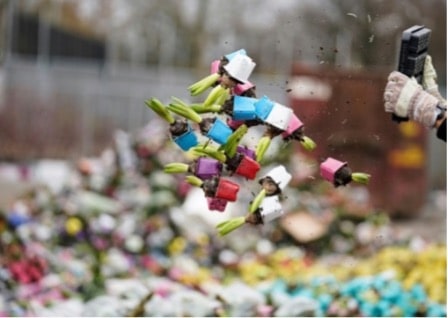
Plastic packaging for bouquets and other flower products is not the only waste in this category. In many flowers shops, there is a heavy utilization of single-use plastics, such as plastic pots and vases, rubber bands, plastic tapes, and many other techniques which involve artificial materials.
The solution:
Flower shops should always opt for little to no packaging, if possible, in order to reduce redundant materials from being overused in normal day-to-day work. Moreover, most tools and instruments in a flower shop can be replaced with more sustainable materials, such as metal, ceramics, and natural fabrics. And if packaging is a must (although we often find it hard to justify the need), there are several options far more environmentally friendly than plastic sheets, such as compostable packaging made of coconut or eucalyptus, natural fabric covers, or plain paper. Lastly, bouquets can be tied with silk or cotton ribbons instead of synthetic ones.
What you can do from today:
Always opt for flowers without packaging. When choosing a bouquet, for example, ask the florist to add a bit more foliage around the bouquet, in order to create a natural cover to the flowers. And simply have it tied with a jute, silk or cotton thread. Et voila, your bouquet is a lot more sustainable in less than two minutes!
Although floral sustainability might seem something far away from us, as people who sometimes buy flowers to gift them or to enjoy them in our own houses, it is actually something that can be significantly improved by making small steps. As consumers, we have the power to determine the floral industry to become more responsible towards its ways of working, as well as determining florists to upskill themselves in order to provide not only beautiful flowers, but sustainable ones too.
So, if we were to recap quickly the three most simple things you can do whenever you want to buy some flowers, they are:
- Buy arrangements without floral foam, and if that is not an option, buy a bouquet instead.
- Go with the seasons and opt for locally grown flowers from flower farms and markets.
- Always choose flowers without packaging, or if needed, with minimal natural packaging.
At Flori Sauvage we craft beauty with care for nature, as we believe there can be no other way if we truly love flowers. Our efforts in raising awareness on the environmental impact of the floral industry are aimed at bringing small, but important changes in the things each of us does, daily.
We are the first business in the floral industry of Romania to have launched a Sustainability Report. It has received tremendous appreciation and has served as a confirmation that our work is relevant, for which we are grateful. In March 2024 we launched the 2nd edition of our Sustainability Report, and we invite you to read it here.
Hoping this article will remain in some ways with you,
Alexa & Georgiana from Flori Sauvage
curated by Flori Sauvage


